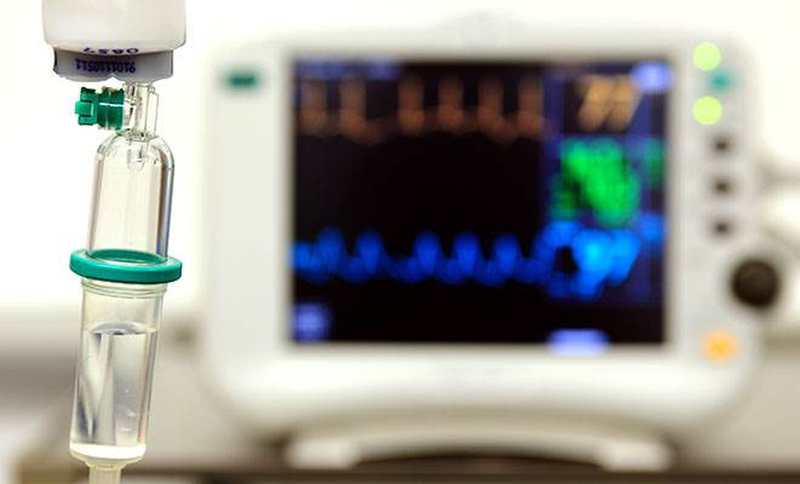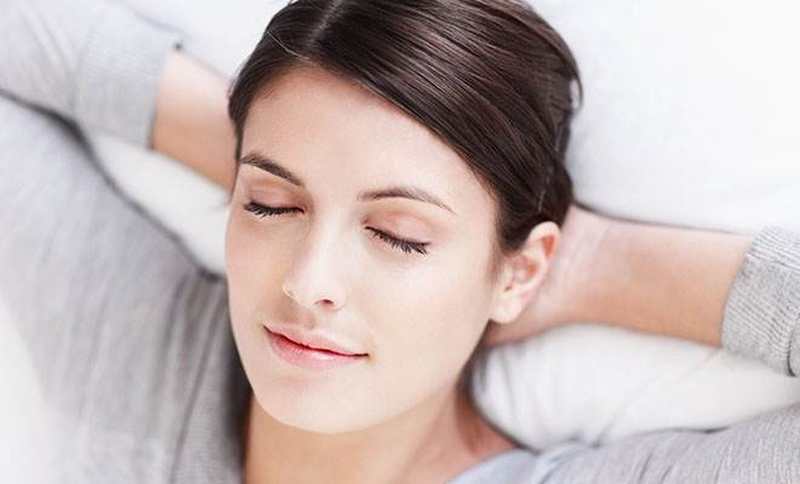At our dental clinic you can undergo dental treatments with anaesthesia. Carefully prepared anaesthesia is completely safe. Our anaesthesiologist and colleagues circumspectly prepare every event of sedation and anaesthesia therefore you have nothing to worry about.
Dental anaesthesia and sedation are done by an anaesthesiologist and anaesthesiology assistant. Before the treatment the patient needs to fill in a general health questionnaire, which is then evaluated. After this our anaesthesiologist performs an examination, assesses the risks involved, and if your health proves to be adequate, your treatment can be carried out.
Our dental clinic offers you three kinds of sedation or anaesthesia:
When do we recommend dental treatments with anaesthesia?

With this type of sedation our anaesthesiologist administers the sedatives and painkillers intravenously. Before sedation our anaesthesiologist performs an examination of the patient.
Characteristics of sedation, general anaesthesia:
During the dental treatment some so-called “laughing gas” is administered through a plastic mask placed over the patient’s nose, which is the mixture of oxygen and nitrous-oxide.
Characteristics of conscious sedation:
The precondition of this type of sedation is that the patient should be in good general health. Before deep sedation our anaesthesiologist performs a thorough examination of the patient.
Before deep sedation the anaesthesiologist questions the patient thoroughly about their actual general health, their previous illnesses, medications taken presently or previously, and whether they have had any allergic reactions to anything before. These are very important to know for the anaesthesiologist to be able to decide if anaesthesia can be recommended, and to choose the appropriate anaesthetics. The anaesthesiologist may find it necessary to order a physical examination, blood test and ECG to be performed.
During anaesthesia the anaesthesiologist and the anaesthesiology assistant monitor the patient’s vital signs continuously. To monitor blood pressure, they place a blood pressure cuff on the patient’s arm. A clip is attached to the patient’s finger to monitor the oxygen level in their blood, and ECG patches are put on their chest.
Characteristics of deep sedation:
